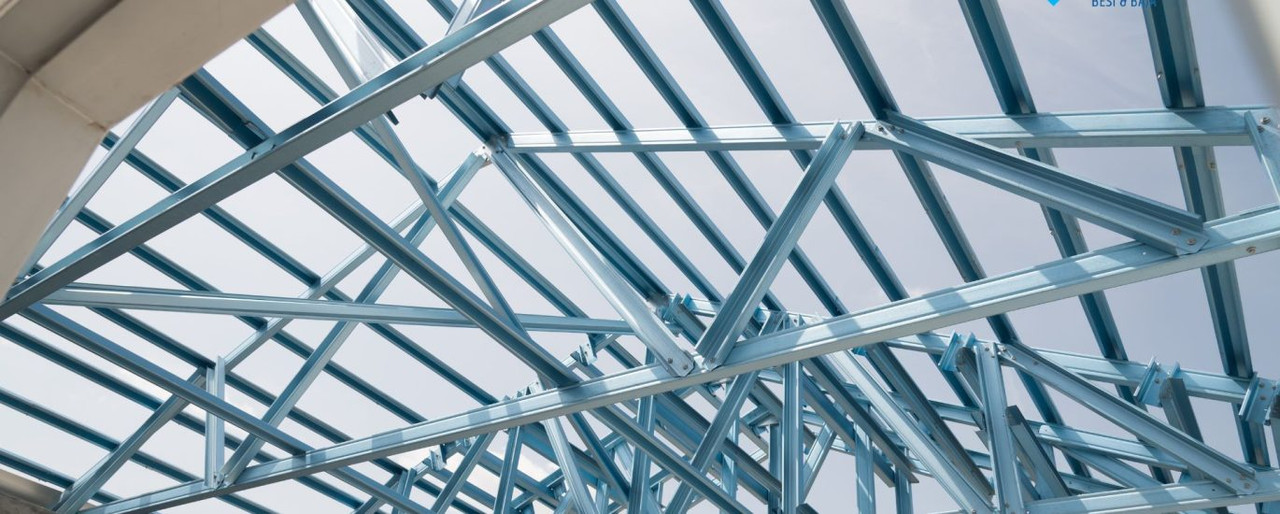 Bahasa Indonesia
Bahasa Indonesia  Inggris
Inggris
 Bahasa Indonesia
Bahasa Indonesia  Inggris
Inggris
 Many contractors are tasked with one task that is difficult to complete: How to identify roof problems. Here is a list of our general areas where to check and find roof problems. Although, there may be different areas that you should investigate, this is the scenario that is repeated most often.
Many contractors are tasked with one task that is difficult to complete: How to identify roof problems. Here is a list of our general areas where to check and find roof problems. Although, there may be different areas that you should investigate, this is the scenario that is repeated most often.
1. Weathering
The roof has been badly damaged by the weather. Roofing materials deteriorate with direct exposure to inclemency weather. Inorganic roofing material is less susceptible than organic material. Exposure to pollutants or industrial atmosphere can accelerate the decay of your roofing material.
2. Lack of Maintenance
Unbalanced roof system. This most often occurs on flat or low-sloping roofs. Failure to repair an uneven roof will cause accumulation of sediment and water which will ultimately destroy your material.
3. Design Problems
Design related problems are expensive to fix, and usually corrections must be made when roofing material replacement is in progress. Some examples are:
- Weak structures support the roof which may bend excessively under active loads
- Incorrect roof slope, sagging roof or inadequate drainage system, which causes water accumulation
- Incorrect systems allow expansion and contraction in changes in deck material or changes in direction
- Incompatible roofing material
4. Wind
Effect of wind on the roof. Vacuum and lifting pressure created by the wind, blowing to the edge of the roof, can tear some of the roof membrane or the system that has been applied. The roof and insulation must be fastened and secured to the perimeter and to the main roof structure to counteract the force being applied on the roof.
5. Flashing Material
The flashing function is to provide seals, waterproof seals, between roofing materials, roof sections and other parts of the building. This is an area that must be inspected carefully before other areas. Incorrect installation or installation procedures, and improper sealing of the flash will allow water to enter between the roof system and the roof structure. Sometimes, installing flashing over a connection or cover will eliminate the problem if it is detected at the beginning of construction.
6. Basic Flashing
Striking issues also present some serious and important things that you must examine. Some common causes are:
- Insufficient number of base stacks
- Improper height
- Overlapping is not enough
- Poor adhesion, wrong binding to the surface
- Insufficient layers
- Loose insulation
7. Blinking Penetration
Either small or large flashes of penetration can fail in several ways. As an example:
- Incorrect design
- Damaged coatings on metal edges due to building movements
- Counter counter unbalanced
- Improper metal surface finishing
- Standing water behind the pavement penetration.
8. Drain Blinking
This is not simple because it has a lot of drain holes. The building drain system must consist of reasonable opening of channels, adequate pitch from the high point to the drainage component. It is good practice to include the discharge of overflow through various areas to avoid the accumulation of water in an emergency. Proper care must be given to all these areas.
9. Roofing Equipment
It's easy to install A / C compressors, satellite antennas and other components directly to the surface. Proper attention must be given when this kind of equipment is being installed. They should never be mounted or placed directly on the top of the roof membrane. They must be attached to a support structure or to increase sidewalk type support. Flat flanges or curb flashing can then be used to keep the roof waterproof, and roof replacement and recovery can be done without disturbing or removing equipment.
10. Metal Base Plates
These types of flashing will easily separate from bitumen materials. The rate of expansion and contraction of these two materials will produce cracks and fissures that will allow water to enter and damage the surface. For this reason, metal base flashing should be replaced with bituminous base flashing if possible.

Komponen Atap Rumah Dan Fungsi-Fungsinya Yang Harus Anda Ketahui Sebelum Mulai Membangun Rumah!

Atap Transparan untuk Rumah, Lebih Baik Pakai atau Tidak?




